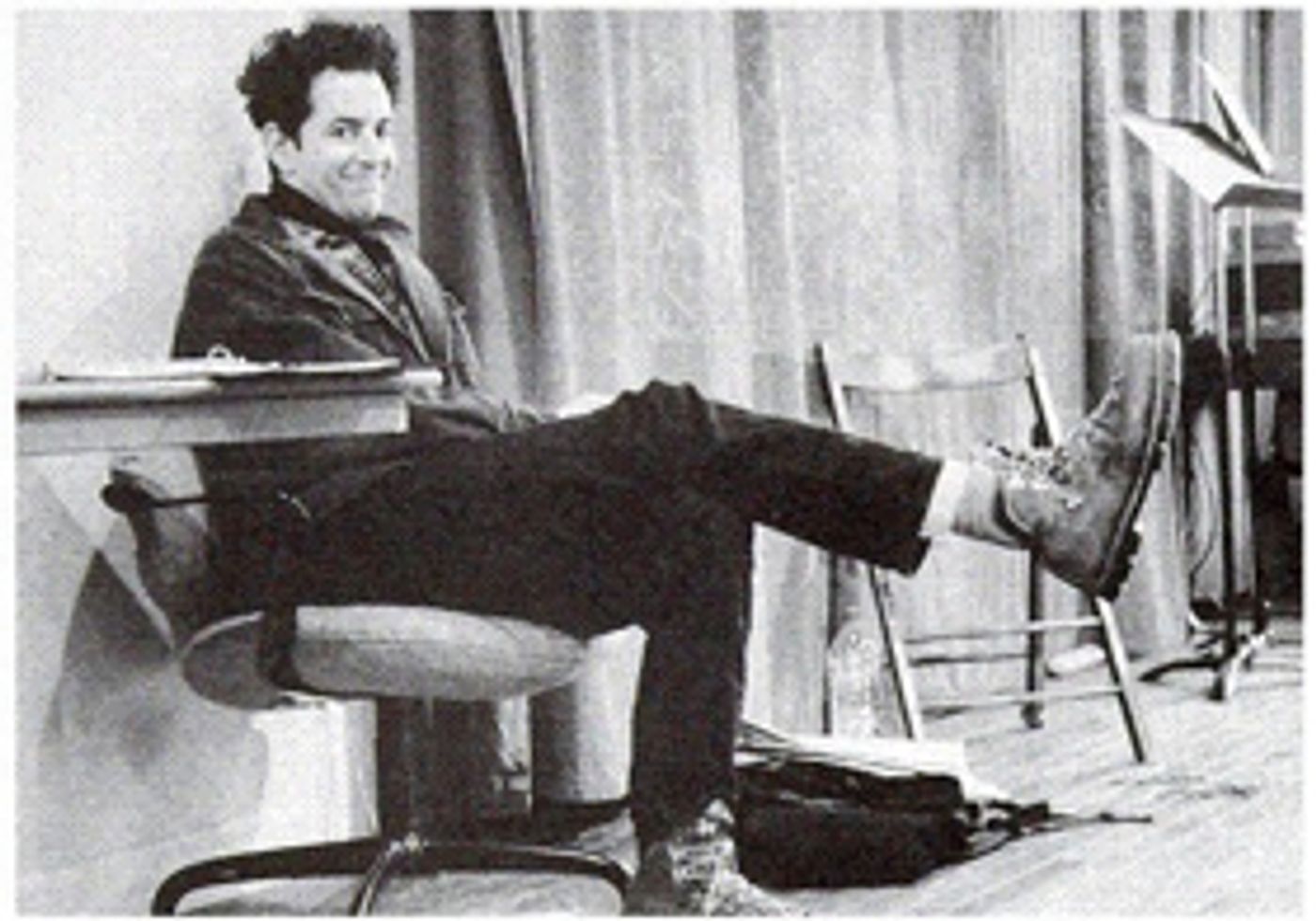Viva La Vie Boheme: A Historic Journey Through Jonathan Larson's New York & The Reality of RENT

In 1989, Jonathan Larson, a 29-year-old composer, began working on an adaptation of Puccini's opera La Boheme. Set in the East Village, the musical would tell the story of a makeshift family of bohemian artists navigating poverty, homelessness, gay life, drug addiction, gentrification and the AIDS epidemic in the late 80's/early 90's in New York.
Using the neighborhood down the block from his Greenwich Village apartment and the people living there as inspiration, Larson crafted a rock opera modeled on the world and issues that surrounded him.
The project, later titled Rent, ultimately became a Pulitzer Prize-winning cultural phenomenon; one that defined a generation and galvanized a time and place where art and activism bonded communities in the face of poverty, disease, and decay.
The real story of Rent however, begins in the 1960's, when a nook of the East Village known as Alphabet City (the setting for Larson's characters, then lovingly referred to as 'Loisaida' by its Latin residents) was home to large populations of Puerto Rican and African Americans. The area also attracted an influx of largely white bohemian transplants who migrated there for its vibrant art scene and low rents.
Thanks to this diverse population, the Lower East Side became a thriving intersection of art, music, sexuality, and politics. It is credited as the birthplace of many significant contributions to American arts and culture, including the poetry of the beatnik movement, the Warhol Superstars, and the inventions of folk, punk rock, and hip-hop music. The area was also a hub of organized activism, intellectual exploration, and experimental art that would keep young people flocking there for decades.
As economic decline took hold of New York City in the 1970's, however, conditions in the East Village devolved greatly. Over the next twenty years Alphabet City played host to record numbers of drugs, crime, prostitution, homelessness, and disease as the rise of AIDS throughout the 1980's decimated the community.
As the epidemic took hold, LGBT activist groups such as the Gay Men's Health Crisis and ACT UP! formed to combat the spread of the fatal condition, raise awareness, and offer support to communities in need.
Larson depicted these activists and group support meetings - which he regularly attended - in the musical as his characters grapple with grief, mortality, and incredible loss. The names read aloud at the beginning of the "Life Support" scene in the original production were all real names of friends Larson had lost to the disease. Subsequent productions of the show have altered the names to honor lost loved ones of company members.
In the 80's, the fiscal crisis also led to a major housing shortage in the area, giving rise to tent cities throughout the neighborhood. Many of the old, vacant, tenement buildings in the area became inhabited by squatters.
In August 1988, a riot erupted in Tompkins Square Park when police arrived to evict a large homeless encampment. Police showed little restraint in their clash with residents and demonstrators, and reports of police brutality throughout the four-hour ordeal were met with public outcry. Larson would eventually use the night as inspiration for a similar riot that takes place following Maureen's performance at the end of Act 1.
Two decades of gentrification in Manhattan began in 1994, with the election of Mayor Rudolph Giuliani. His notorious crack down on crime, including low-level misdemeanors, such as graffiti, cannabis possession, and panhandlers (the inspiration for Larson's ensemble character, 'Squeegee Man') would see the crime rate in the city drop to record lows.
This resulted in a new era in Manhattan from the mid-90's to the present, as corporate entities and developers bought up large swaths of real estate. This wave of development has transformed Manhattan, and most drastically the East Village, into a playground for the super rich - to some, all but erasing the heart, soul, and history of the once artist-friendly neighborhood.
Larson explores the beginnings of this phenomena through the character Benny, a former bohemian who leaves the Village for a better life and returns with a gaggle of money men to revamp the block.
Once a den of free love and cutting edge art amid great social and economic strife, the East Village now boasts quaint eateries, high-priced fashion, cultural institutions, and sky-high rents that would have pushed the struggling ensemble of Larson's opera out of the neighborhood long ago. Whether these changes are for the better really all depends on who you ask. But what remains is the eternal spirit of art, community, inclusion, and rebellion that inspired a 29-year old composer who lived down the block to immortalize it forever.
As we wait for our latest incarnation of Larson's beloved musical to hit FOX this Sunday night, get a glimpse into the gritty, real-life Lower East Side reality of Jonathan Larson's Rent.
Videos


